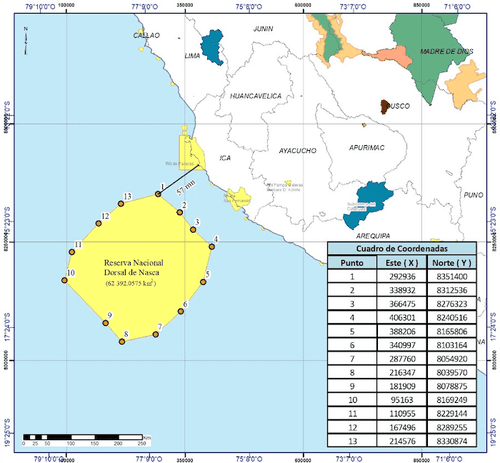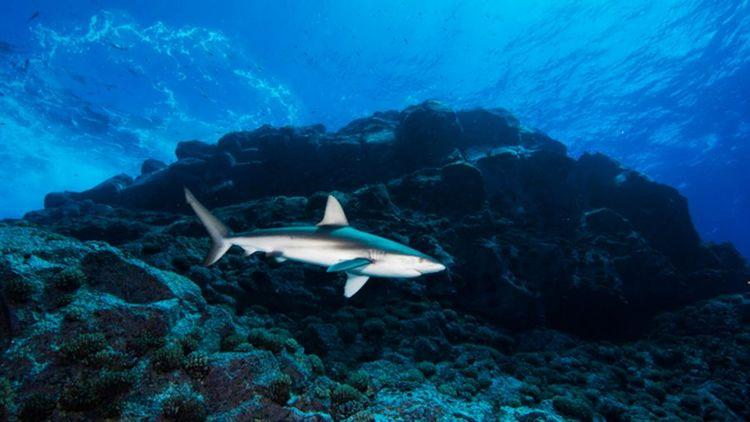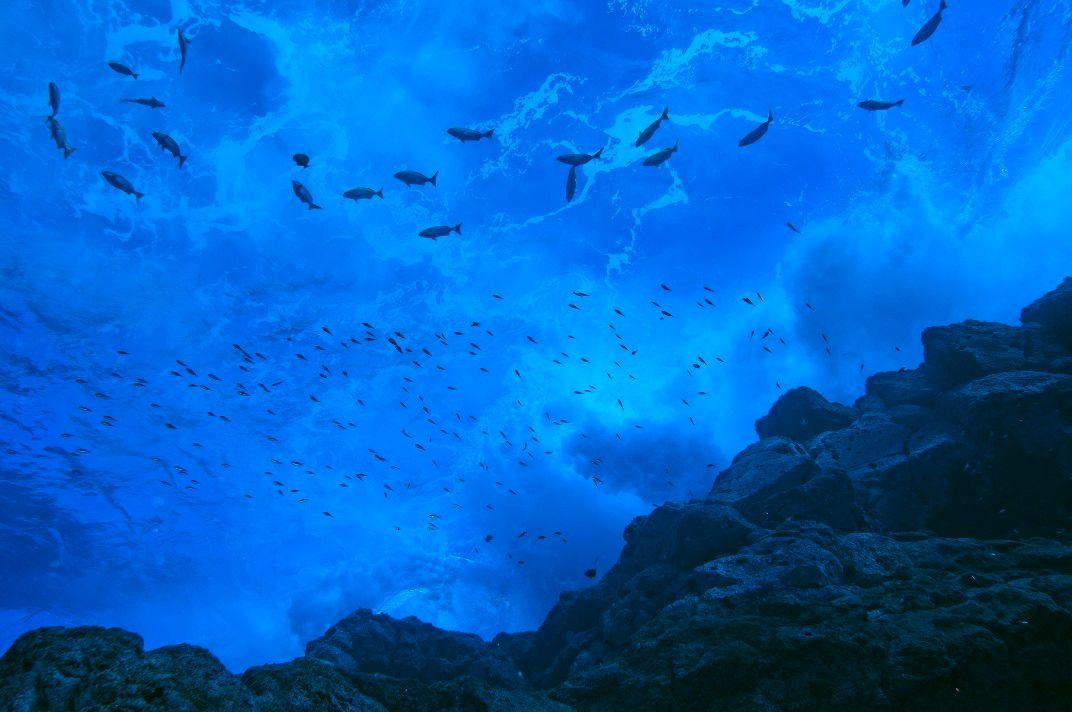Almost two years after the creation of the Nasca Dorsal National Reserve, the first fully marine protected area in Peru awaits a Master Plan that defines the management of the area.
Industrial fishing continues to be one of the activities allowed in the area. Contrary to what happens with other protected areas, in the more than 62,000 square kilometers occupied by Dorsal de Nasca, deep-sea fishing, mainly the capture of cod, continued despite its decree in June 2021.
The decision generated controversy. Environmental specialists and organizations believe that there is a contradiction between protecting a marine area and continuing to allow deep-sea cod fishing or other types of industrial capture such as horse mackerel fishing.
However, the details of how fishing will continue to be managed are in the Master Plan, which is the protected area management program. The same is prepared between the Ministry of Production, responsible for fisheries, the fishing guild and organizations involved in conservation issues. The publication date is still pending.
“The Master Plan will include the permitted fishing gears, the minimum catch sizes by species, the periods of closure, the prohibitions by geographical area, among other measures,” states the decree of Dorsal de Nasca.

Location of the Nasca Dorsal National Reserve. Image: National Service for State Protected Natural Areas.
A marine region
“If the State wants to reserve part of its territory to conserve and protect against any industrial activity, but is going to continue doing what was done in the past, what effective sense does it make to create a protected area?” , said César Ipenza, environmental lawyer in Peru.
Ipenza participated in forums about the Nasca Dorsal even before his decree. The region was established approximately 105 kilometers from the coast, in front of the state of Ica, becoming not only the first purely marine area, but also the largest protected area in Peru.
The objective is to protect 12 commercially important species, such as horse mackerel, blue shark, swordfish, yellowfin tuna, mackerel, and others. In addition to being a transit place for migratory species such as Salvin's albatrosses and the big-headed turtle.
According to the government of Peru, the establishment of the area helps to conserve about 8% of its marine surface, with the purpose of contributing to the fulfillment of international commitments made by the country.
As is the case with other protected areas, Dorsal de Nasca was divided into two zones: one for Direct Use (AD) from zero to one thousand meters and one for Strict Protection (PE) from one thousand to 4 thousand meters deep. In the latter, allowing the development of deep-sea cod fishing, a species that can be found between 70 and 2,500 meters.
“This exception goes against the provisions of article 23 letter a) of the Law on Protected Natural Areas (Law No. 26834), which defines Strict Protection Zones as those spaces where ecosystems have been little or no intervention, or include places with unique, rare or fragile species or ecosystems,” the organization Oceana Peru said at the time in a statement signed by other civil and environmental organizations in the country.
In addition, Oceana recommended at the time that a classification be used that is appropriate to the legal framework. Adding that, in the extraordinary case that larger-scale fishing is allowed, it should be limited to those who already have previous and current fishing permits.
One of the reasons why industrial fishing has been maintained is to respect the “pre-existing rights” of those who have productive activities in the region.
“It is specified that fishing that takes place in the area of direct exploitation has a valid qualifying title for the establishment of the area and does not affect the conservation objective. Only six boats have the rights and will be able to fish for cod in the RNDN up to 1,800 meters deep,” the Peruvian government clarified.
In addition, there are those who consider that the zoning of the Nasca National Reserve is sufficient to maintain the catches of the large scale fishing that takes place in the area, such as horse mackerel and mackerel.
“I don't think that these catches have a perceptible impact on the deep resources that we want to protect,” said Mariano Gutiérrez, former scientific director of the Humboldt Institute for Marine and Aquaculture Research, during a presentation with the organization Oceana in which he explained how fishing dynamics do not reach the most restrictive areas.

Depths of the Nasca Dorsal National Reserve. Image: National Service for State Protected Natural Areas.
According to lawyer Ipenza, it is possible that the Master Plan will maintain the conditions already set out. This is worrying for future conservation decrees.
“This protected area could create a disastrous precedent for our system because from this area the sector can say good, let's create protected areas that respect pre-existing rights, that industrial fishing continues,” César Ipenza explained about maintaining the area.
However, it recognizes that Peru has improved at the terrestrial level in the management of its protected areas, with better conditions and resources, which also creates a precedent for dealing with any threat.
“I don't see the openness (of the current government), but I think it's always possible to change or modify the rule that creates it and restrict industrial fishing activity,” he said.



Comentarios (0)